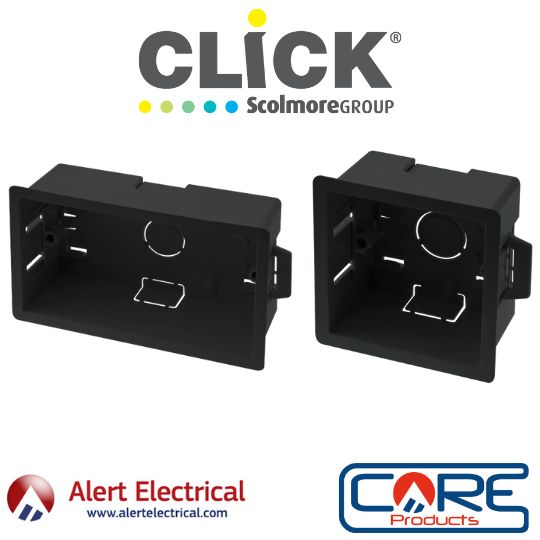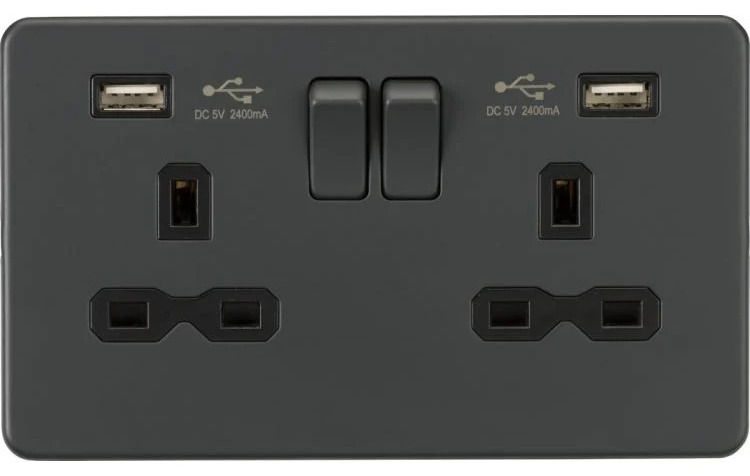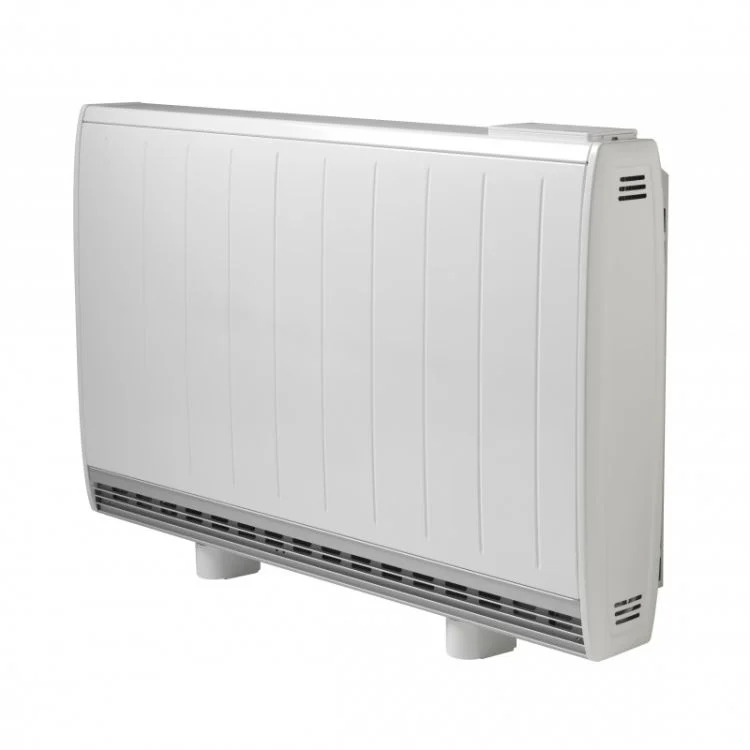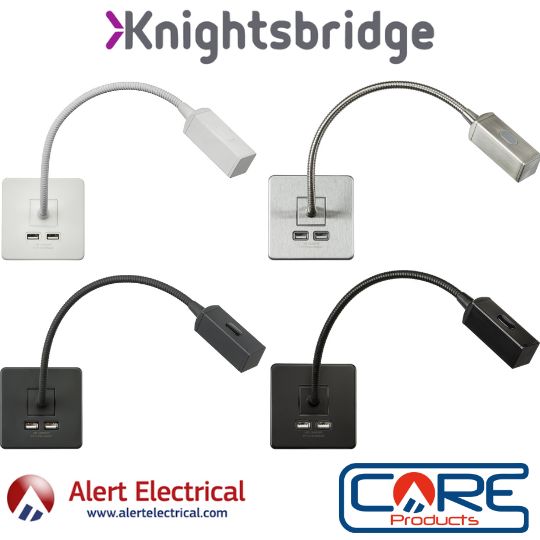How To Choose Wall Lights
|
A few rules to make choosing the wall lights for your next project as easy as possible; Decide the purpose of your wall lights.What are the wall lights for, are they decorative wall lights to make the room look beautiful? Are they there to provide an accent to the room or provide a real level of background light for the room? If the lights are for a room that is already fairly bright then the chosen wall light does not need to be too powerful. If you are relying on the lights as a source of light or they are going to be located in a dark corner or alcove then they need to be more powerful. Choose the light level carefullyMore is better here, especially if there is control over the lights like a lighting dimmer. Discuss with the electrician from the outset what your ideas are. If you are having wall lights fitted would you like them on a separate circuit so that the wall lights can be controlled independently from the other lights in the room. Choose the colour of the bulbLiving rooms usually require warm white to create a warm cosy feeling. Kitchens and bathrooms can be either cool white or warm white depending on the style of the room. Many traditional kitchens and bathrooms are warm white while many modern contemporary kitchens and bathrooms are cool white but this rule is by no means set in stone. Exteriors are normally warm white for homes and cool white for commercial buildings but this can vary depending on the colour and style of the exterior. For more information please have a look at lightbulb colour temperatures. Match the wall lights to the rooms decorWall lights can make a huge impact on a room. Not only can they be the finishing touch in creating a style, when switched on the light they provide also provides an atmosphere to the room. You can match the wall light to the pendant light in the centre of the room or consider multiple wall lights, especially where the room is long like a corridor or hallway, lights in a row can have a dramatic effect. Position of the wall lights.The optimum position is usually around 5 feet or eye level. Don’t be afraid to change up things or ignore the rules if necessary, for example if there is a desk, lower the light to create a wall mounted desk light or a where there is a feature or picture higher up. A classic place where this can be used to maximum effect is either side of the bed to free up space on top of the bedside table. |
|













